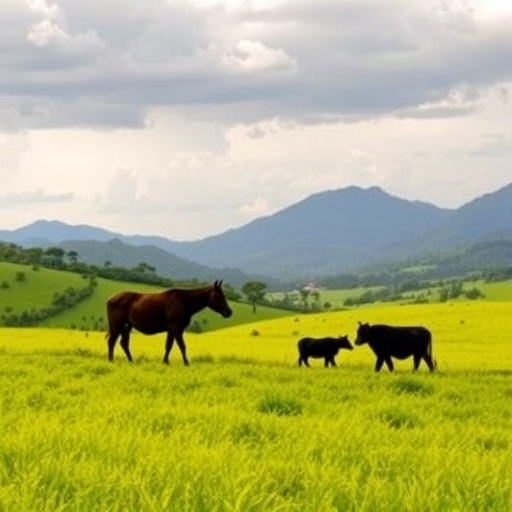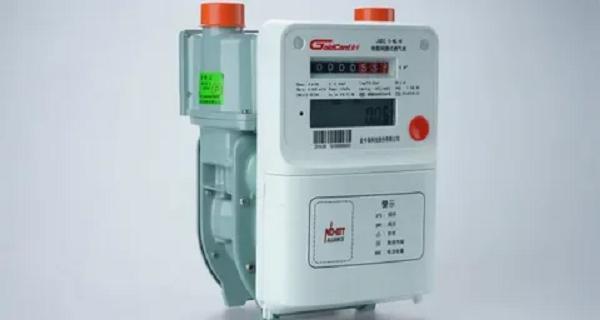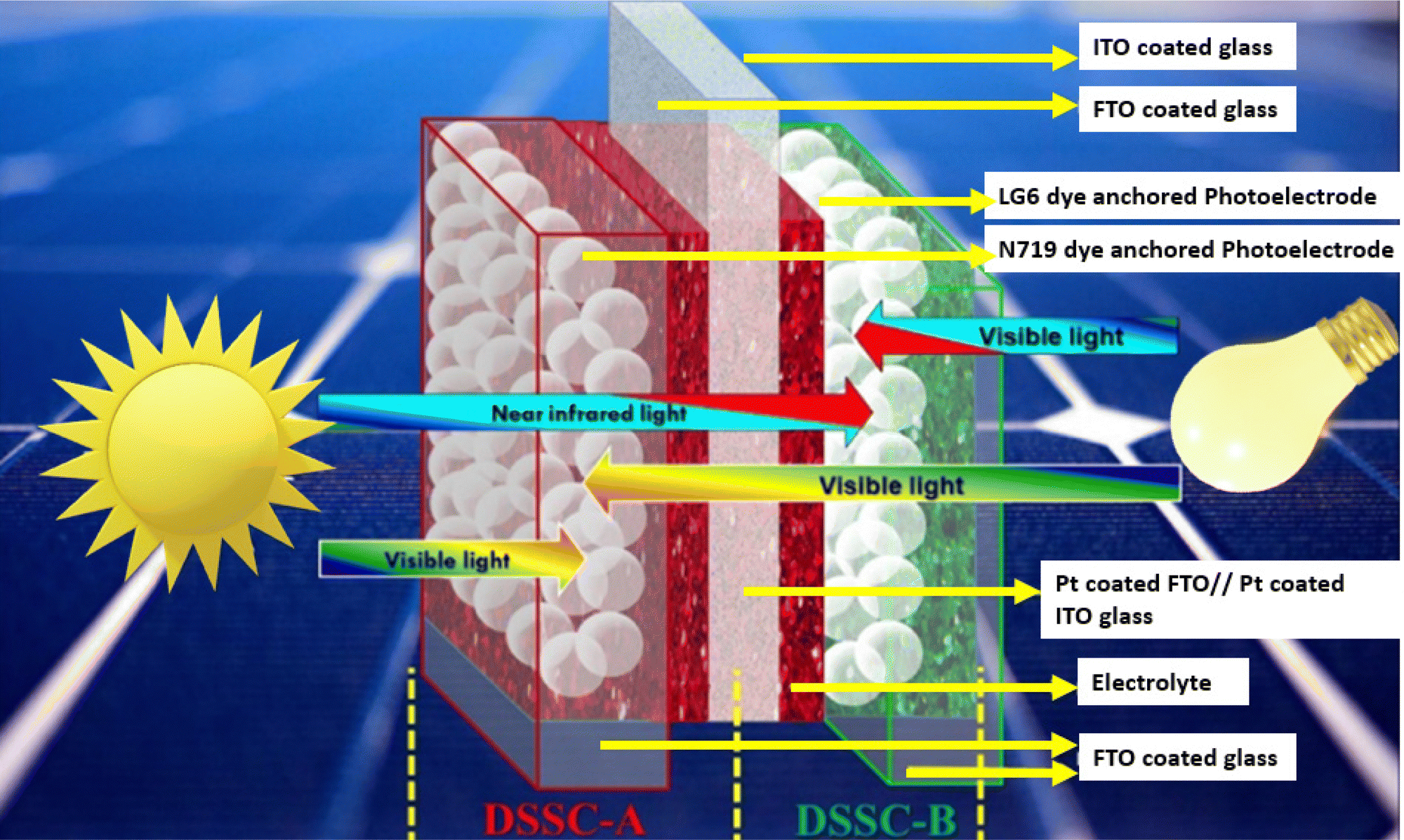FACT FOCUS: Trump misrepresents facts about wind power during Cabinet meeting – AP News

Analysis of Wind Power in the Context of Sustainable Development Goals
Contribution to Affordable and Clean Energy (SDG 7)
Onshore wind power is a critical component in achieving SDG 7 (Affordable and Clean Energy), representing one of the most cost-effective sources of new electricity generation. An analysis of energy costs reveals the economic viability of wind energy compared to traditional fossil fuels and other sources.
- Onshore Wind: Approximately $30 per megawatt hour.
- Natural Gas Plant: Approximately $65 per megawatt hour.
- Advanced Nuclear Reactor: Over $80 per megawatt hour.
- Offshore Wind: Approximately $88 per megawatt hour.
Data from U.S. states with significant wind power integration, such as Iowa, Kansas, and Oklahoma, demonstrates that increased reliance on wind has helped stabilize electricity rates. In Iowa, where wind power grew from 15% in 2010 to nearly 60% of electricity generation in 2023, electricity rates rose more slowly than in 42 other states. This underscores wind power’s role in ensuring energy affordability, a key target of SDG 7.
Global Progress on Climate Action and Energy Transition (SDG 13 & SDG 17)
The global adoption of wind power is a direct measure of progress towards SDG 13 (Climate Action). Contrary to claims that advanced economies avoid wind energy, it is being deployed at a record pace worldwide, reflecting a global partnership for sustainable development (SDG 17).
At least 136 countries and territories utilize wind power. The leading markets in 2024 include:
- China
- United States
- Brazil
- India
- Germany
China is the world’s largest manufacturer and installer of wind turbines, developing a portfolio of zero-carbon resources to reduce its reliance on fossil fuels and address its carbon footprint. This large-scale deployment is fundamental to global efforts to combat climate change. By scaling back on wind power development, nations risk ceding leadership in a crucial technology for achieving international climate goals.
Economic Growth and Sustainable Industrialization (SDG 8 & SDG 9)
The wind energy sector is a significant driver of SDG 8 (Decent Work and Economic Growth) and SDG 9 (Industry, Innovation, and Infrastructure). The expansion of wind power creates jobs and fosters technological innovation.
Policies aimed at phasing out support for renewable energy risk undermining domestic job creation and ceding industrial leadership to other nations, particularly China, which currently produces over half of the world’s wind turbine supply. Fostering a domestic wind energy industry is essential for building resilient infrastructure, promoting sustainable industrialization, and securing economic advantages in the green economy.
Assessing Environmental Impact on Biodiversity (SDG 14 & SDG 15)
The development of wind energy infrastructure must be managed responsibly to protect ecosystems, in line with SDG 14 (Life Below Water) and SDG 15 (Life on Land).
Life Below Water (SDG 14)
Concerns have been raised regarding the impact of offshore wind farms on marine life. However, according to the National Oceanic and Atmospheric Administration (NOAA), there are no known scientific links between large whale deaths and offshore wind development activities. Scientific analysis continues to guide the assessment of any potential impacts.
Life on Land (SDG 15)
While wind turbines can pose a risk to birds, conservation organizations like the National Audubon Society have concluded that climate change presents a far greater existential threat to bird species. The organization supports responsibly sited wind projects, stating that the benefits of mitigating climate change—a primary driver of species extinction—outweigh the manageable risks posed by turbines. Responsible development is seen as a net positive for protecting life on land.
Advancing Responsible Production and Consumption (SDG 12)
The lifecycle management of wind turbines, particularly the disposal of blades, is a key challenge for SDG 12 (Responsible Consumption and Production). The industry is actively developing innovative solutions to create a circular economy for wind energy components.
A U.S. Department of Energy report found that approximately 90% of wind turbine materials can be recycled using existing methods. For the remaining components, such as durable blades, new strategies are being implemented. Industry leaders like Ørsted have committed to reusing, recycling, or recovering all turbine blades, ending the practice of sending them to landfills. These initiatives are crucial for ensuring that the transition to clean energy is fully sustainable from production to decommissioning.
SDGs Addressed in the Article
Explanation
The article on wind power touches upon several Sustainable Development Goals by discussing renewable energy, economic implications, environmental impacts, and international industrial competition. The core themes align with the following SDGs:
- SDG 7: Affordable and Clean Energy: The central theme is wind power, a form of clean energy. The article extensively discusses its affordability compared to fossil fuels and its growing share in the energy mix.
- SDG 8: Decent Work and Economic Growth: The article mentions the economic aspects of the wind industry, including job creation, stating that cutting back on wind power development is “killing a lot of U.S. jobs.”
- SDG 9: Industry, Innovation, and Infrastructure: The text covers the manufacturing of wind turbines, the development of wind farms (infrastructure), and innovations in recycling turbine blades. It highlights China’s role as the world’s largest manufacturer.
- SDG 12: Responsible Consumption and Production: The challenge of disposing of and recycling wind turbine blades is discussed, pointing to the need for sustainable production and waste management practices.
- SDG 13: Climate Action: Wind power is presented as a key tool to combat climate change by reducing reliance on fossil fuels and lowering carbon footprints. The article mentions that climate change is a greater threat to birds than turbines.
- SDG 14: Life Below Water: The article addresses concerns about the impact of offshore wind farms on marine life, specifically the unfounded claims linking them to whale deaths.
- SDG 15: Life on Land: The impact of wind turbines on birds is discussed, with the National Audubon Society weighing the risks against the greater threat of climate change to bird species.
- SDG 17: Partnerships for the Goals: The article describes the global nature of the wind energy market, mentioning the top five markets (China, U.S., Brazil, India, Germany) and international competition, which relates to global partnerships and technology transfer.
Specific SDG Targets Identified
Explanation
Based on the article’s content, several specific SDG targets can be identified:
- Target 7.2: “By 2030, increase substantially the share of renewable energy in the global energy mix.” The article directly supports this by highlighting the growth of wind power, noting that in Iowa, the share of electricity from wind increased from 15% in 2010 to nearly 60% in 2023, and that 2024 was a “record year for wind energy growth” globally.
- Target 9.4: “By 2030, upgrade infrastructure and retrofit industries to make them sustainable, with increased resource-use efficiency and greater adoption of clean and environmentally sound technologies and processes…” The article discusses the massive build-out of wind infrastructure in China and other countries and the development of recycling technologies for turbine blades, which are examples of upgrading infrastructure with clean technology.
- Target 12.5: “By 2030, substantially reduce waste generation through prevention, reduction, recycling and reuse.” This is directly addressed in the section on recycling turbine blades, where the article mentions the industry’s challenge with blade disposal and a commitment from developer Ørsted to reuse or recycle them instead of sending them to landfills.
- Target 13.2: “Integrate climate change measures into national policies, strategies and planning.” The article mentions a U.S. executive order aimed at phasing out tax credits for wind and solar, which is a direct example of a national policy decision that impacts climate change measures.
- Target 15.5: “Take urgent and significant action to reduce the degradation of natural habitats, halt the loss of biodiversity and… protect and prevent the extinction of threatened species.” The article references an Audubon report finding that “two-thirds of North American bird species could face extinction due to rising temperatures,” positioning responsible wind development as a necessary action to protect species from the larger threat of climate change.
- Target 14.2: “By 2020, sustainably manage and protect marine and coastal ecosystems to avoid significant adverse impacts…” The discussion about whale deaths and the scientific assessment by NOAA, which found “no known links between large whale deaths and ongoing offshore wind activities,” relates directly to the management and monitoring of impacts on marine ecosystems.
Indicators for Measuring Progress
Explanation
The article mentions or implies several indicators that can be used to measure progress toward the identified targets:
- Indicator for Target 7.2 (Renewable energy share): The article provides specific data points that serve as direct indicators, such as the “share of electricity generated from wind in Iowa increased from 15% in 2010 to nearly 60% of the state’s electricity generation in 2023.” This is a direct measurement of Indicator 7.2.1 (Renewable energy share in the total final energy consumption).
- Indicator for SDG 7 (Affordability): The cost of energy is used as an indicator of affordability. The article states, “Onshore wind is one of the cheapest sources of electricity generation, with new wind farms expected to produce electricity around $30 per megawatt hour,” comparing it to natural gas and nuclear.
- Indicator for Target 12.5 (Recycling rate): The article implies a recycling rate as a key metric. It cites a Department of Energy report that “found 90% of wind turbines can be recycled using existing infrastructure.” This percentage serves as a direct indicator of national recycling capacity (related to Indicator 12.5.1: National recycling rate).
- Indicator for SDG 9 (Infrastructure development): The installed capacity of renewable energy is an implied indicator. The article mentions that “China has 1.3 terawatts of utility-scale wind and solar capacity in development,” which is a quantitative measure of clean infrastructure growth.
- Indicator for SDG 15 (Biodiversity loss): The number of species at risk is used as an indicator. The Audubon report finding that “two-thirds of North American bird species could face extinction” is a stark metric used to measure the threat to biodiversity, which wind power aims to mitigate.
- Indicator for SDG 8 (Economic Growth): The number of jobs in a specific sector is an implied indicator. The statement that cutting back on wind power is “killing a lot of U.S. jobs” suggests that employment figures in the renewable energy industry are a key metric for economic progress.
Summary of SDGs, Targets, and Indicators
| SDGs | Targets | Indicators Mentioned or Implied in the Article |
|---|---|---|
| SDG 7: Affordable and Clean Energy | Target 7.2: Increase substantially the share of renewable energy in the global energy mix. | Percentage share of wind in electricity generation (e.g., Iowa’s increase to nearly 60%); Cost of energy per megawatt-hour (e.g., $30 for onshore wind). |
| SDG 8: Decent Work and Economic Growth | Target 8.2: Achieve higher levels of economic productivity through diversification, technological upgrading and innovation. | Number of jobs created or lost in the U.S. wind energy sector. |
| SDG 9: Industry, Innovation, and Infrastructure | Target 9.4: Upgrade infrastructure and retrofit industries to make them sustainable… with greater adoption of clean… technologies. | Installed capacity of wind and solar (e.g., China’s 1.3 terawatts in development); Global manufacturing output of turbines (e.g., China producing over half). |
| SDG 12: Responsible Consumption and Production | Target 12.5: Substantially reduce waste generation through prevention, reduction, recycling and reuse. | Recycling rate of wind turbine materials (e.g., DOE report finding 90% can be recycled). |
| SDG 13: Climate Action | Target 13.2: Integrate climate change measures into national policies, strategies and planning. | Existence of national policies affecting renewable energy (e.g., U.S. executive order to end subsidies). |
| SDG 14: Life Below Water | Target 14.2: Sustainably manage and protect marine and coastal ecosystems to avoid significant adverse impacts. | Number of whale deaths and scientific analysis of their causes (e.g., NOAA finding no known links to wind farms). |
| SDG 15: Life on Land | Target 15.5: Take urgent and significant action to… halt the loss of biodiversity… and prevent the extinction of threatened species. | Proportion of species threatened with extinction (e.g., two-thirds of North American bird species due to climate change). |
Source: apnews.com

What is Your Reaction?
 Like
0
Like
0
 Dislike
0
Dislike
0
 Love
0
Love
0
 Funny
0
Funny
0
 Angry
0
Angry
0
 Sad
0
Sad
0
 Wow
0
Wow
0









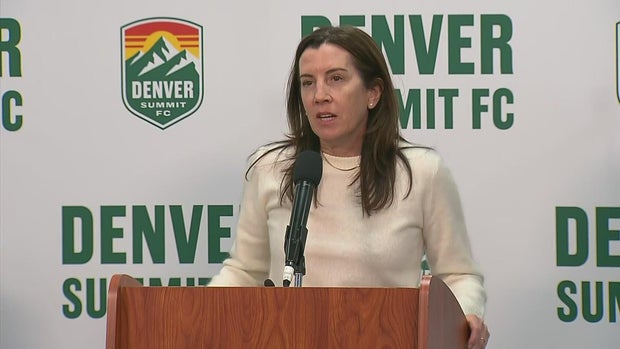

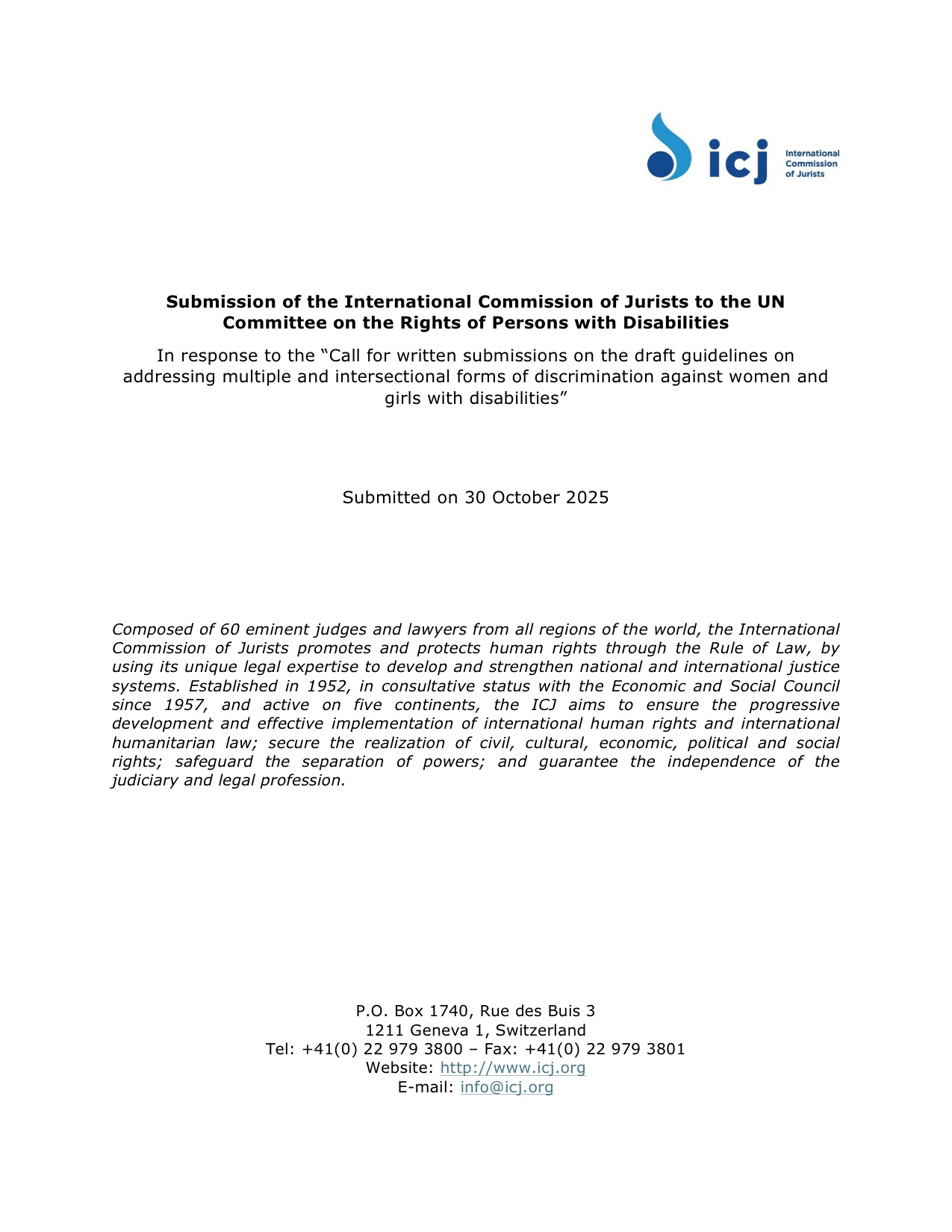






-1920w.png?#)






















;Resize=805#)











